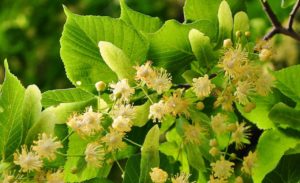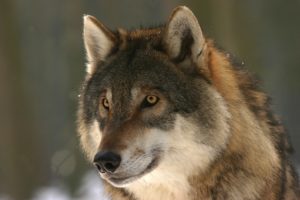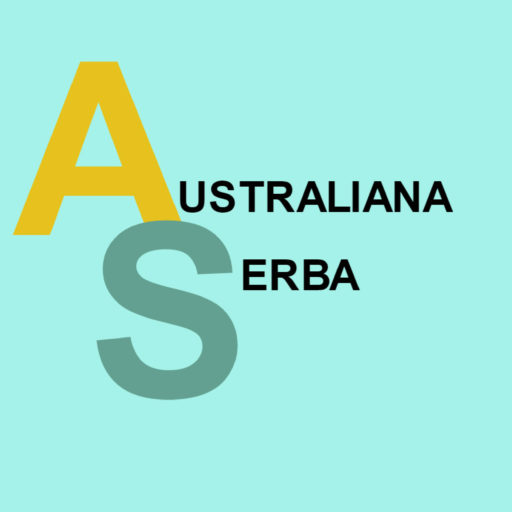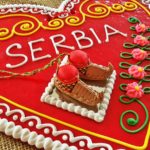The Forgotten World of Slavic Gods

In an exciting and great story about Serbian literature, culture and history, there is no real beginning. Official historical theory is that Slavs had come to Balkans from nowadays’ Russia in 6th century in so called Great migration of the Slavs. Part of Slavs stayed in Russia (Eastern Slavs), part of them moved to Central Europe (Western Slavs) and part of them settled in Balkans (Southern Slavs). There are also some other theories about origins of Slavic people and their territories, but we’ll leave that topic for some other occasion.
Official history also says that at the time of Great migration Slavs still didn’t have alphabet and weren’t literate, so we don’t know much about their ancient culture. When it comes to Serbs particularly, there are only rare historical documents written by some foreign travellers about Serbian way of living in that period. Foreigners describe them like peaceful musicians, tall, handsome, mostly with blond or red hair and blue eyes. Their wives were renowned as beautiful and faithful. Serbs had some sort of folk’s parliament, where they discussed important decisions and problems.
 At that time Serbian people were pagans and they believed in ancient Slavic gods, same as other Slavs. Thanks to numerous ethnological studies, today we know a lot about ancient religion and mythology. It is enchanting, magical world of gods, goddesses, fairies and other amazing and sometimes scary beings. The supreme divinity in Slavic pantheon was PERUN, god of thunders. There were also LJELJO, the god of love, VESNA, a goddess of spring, SVAROG, an ancient father of the Earth and light, SVETOVID, a great spiritual and especially prophets’ divinity, and many, many others. In Serbian traditional literature gods are not mentioned too much, but there are many descriptions of fairies. Slavs believed they are unbelievably beautiful women of another world, with many magical powers. Slavic fairies often interfered in humans’ lives in a good way, but sometimes also in a mean, scary way. When Slavs received Christianity in the 8th century, they transferred some of their pagan beliefs to the new religion and imputed it to Christian Saints and holidays. Great example of that are beliefs connected with pagan god Perun, which are attributed to Christian saint Elijah. Many Slavic pagan beliefs still live also through the traditions connected with Christmas and other holidays and important life events. You know how they say – tradition is a dead belief, a memory of forgotten ancient world.
At that time Serbian people were pagans and they believed in ancient Slavic gods, same as other Slavs. Thanks to numerous ethnological studies, today we know a lot about ancient religion and mythology. It is enchanting, magical world of gods, goddesses, fairies and other amazing and sometimes scary beings. The supreme divinity in Slavic pantheon was PERUN, god of thunders. There were also LJELJO, the god of love, VESNA, a goddess of spring, SVAROG, an ancient father of the Earth and light, SVETOVID, a great spiritual and especially prophets’ divinity, and many, many others. In Serbian traditional literature gods are not mentioned too much, but there are many descriptions of fairies. Slavs believed they are unbelievably beautiful women of another world, with many magical powers. Slavic fairies often interfered in humans’ lives in a good way, but sometimes also in a mean, scary way. When Slavs received Christianity in the 8th century, they transferred some of their pagan beliefs to the new religion and imputed it to Christian Saints and holidays. Great example of that are beliefs connected with pagan god Perun, which are attributed to Christian saint Elijah. Many Slavic pagan beliefs still live also through the traditions connected with Christmas and other holidays and important life events. You know how they say – tradition is a dead belief, a memory of forgotten ancient world.
 Internationally renowned ethnologist Veselin Čajkanović and other Serbian scientists discovered even older Serbian and Slavic religion called animism, which is based on worshipping flora and fauna and belief that everything in a living world has a spirit (anima). Great Serbian poet Vasko Popa also gave significant contribution to the research of Slavic animism. It is almost certain that their theories are accurate. Exquisite Serbian folk poetry and fairy tales are an excellent proof for that. Animistic interpretation of the world that surrounds us is very well kept in those poems and tales. In Slavic as well as in other cultures lullabies are often hiding ancient archetypes even more than other literary genres. Anyway, Slavic animism was also including worshipping totems, just like American Indian and other animistic traditions of the world. Slavs believed that their divine forefather (which is a different name for totem) was wolf, so wolves were treated with kindness and respect. Slavs believed it is heresy to kill wolves and avoided that by any cost, sometimes even jeopardizing their own safety. In some areas the main totem was a snake. Even nowadays Serbs believe that it is not good to kill so called “snake – home protector“(which is really harmless animal), who sometimes shows up in ground floor houses, especially in a countryside. However, the wolf is much more often mentioned in a beautiful Serbian traditional poetry than a snake. Ancient men treated all nature, the earth and the sky, and everything in it like a living beings. That is also noticeable in a Serbian traditional literature, where the Sun, the moon and stars talk, laugh, play and do everything as human beings. No wonder Goethe, Schüler and other great minds of European romanticism were charmed with that literary tradition that was discovered to the world in their epoch.
Internationally renowned ethnologist Veselin Čajkanović and other Serbian scientists discovered even older Serbian and Slavic religion called animism, which is based on worshipping flora and fauna and belief that everything in a living world has a spirit (anima). Great Serbian poet Vasko Popa also gave significant contribution to the research of Slavic animism. It is almost certain that their theories are accurate. Exquisite Serbian folk poetry and fairy tales are an excellent proof for that. Animistic interpretation of the world that surrounds us is very well kept in those poems and tales. In Slavic as well as in other cultures lullabies are often hiding ancient archetypes even more than other literary genres. Anyway, Slavic animism was also including worshipping totems, just like American Indian and other animistic traditions of the world. Slavs believed that their divine forefather (which is a different name for totem) was wolf, so wolves were treated with kindness and respect. Slavs believed it is heresy to kill wolves and avoided that by any cost, sometimes even jeopardizing their own safety. In some areas the main totem was a snake. Even nowadays Serbs believe that it is not good to kill so called “snake – home protector“(which is really harmless animal), who sometimes shows up in ground floor houses, especially in a countryside. However, the wolf is much more often mentioned in a beautiful Serbian traditional poetry than a snake. Ancient men treated all nature, the earth and the sky, and everything in it like a living beings. That is also noticeable in a Serbian traditional literature, where the Sun, the moon and stars talk, laugh, play and do everything as human beings. No wonder Goethe, Schüler and other great minds of European romanticism were charmed with that literary tradition that was discovered to the world in their epoch.
Ancient, mysterious and pretty much forgotten worlds of Slavic animistic and pagan spirituality were later in 20th century great inspiration for modern Serbian poets too. Vasko Popa who is already mentioned in this text wrote many poems using as the main motives beliefs connected to wolves as totems and dogs as evil spirits as they were seen in Slavic animism. Great poetess Desanka Maksimović dedicated some of her works to god Perun and poetical world of Slavs’ mythology. Writer, poet, and world traveller Rastko Petrović dedicated a great deal of his works both to Slavic animism and paganism. They were all fascinated with Slavic mythology as much as William Butler Yates was with Irish. The only difference is that Slavic mythology and traditions are still not known worldwide. Their time is yet to come. The world will be stunned.
Australiana Serbahttps://www.australianaserba.com/the-forgotten-world-of-slavic-gods/https://www.australianaserba.com/wp-content/uploads/2016/12/angel-1578001_1920-1024x614.jpghttps://www.australianaserba.com/wp-content/uploads/2016/12/angel-1578001_1920-150x150.jpgSerbian Literary TreasuryAnimism,Literature,Ljljo,Pagan,Perun,Serbian,Svarog,Svetovid,Vasko Popa,VesnaIn an exciting and great story about Serbian literature, culture and history, there is no real beginning. Official historical theory is that Slavs had come to Balkans from nowadays’ Russia in 6th century in so called Great migration of the Slavs. Part of Slavs stayed in Russia (Eastern Slavs),...Australiana Serba australianaserba@gmail.comAdministratorAustraliana Serba





Leave a Reply